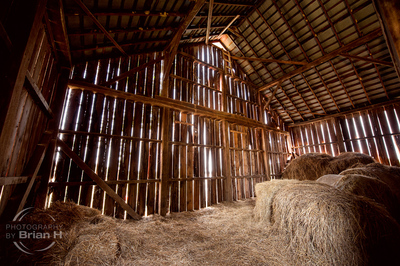-
Posts
4,098 -
Joined
-
Last visited
-
Days Won
51
Everything posted by Brian
-

Why some but not all are lost on card??
Brian replied to JessicaSalazar's topic in The Macintosh User Group
That SD slot in the 5DM3...I'm not a big fan of. I usually tell people to avoid using it like the Plague. In addition, while I use Sandisk media, I NEVER use the "Ultra" line and prefer the "Extreme" line. The difference is one is consumer grade (ultra) and then other is professional grade. (Extreme). If you use both slots with a 5DM3, the writing time slows down to 30Mb/s, so expect longer times when the buffer is dumping stuff to the cards. -

Why some but not all are lost on card??
Brian replied to JessicaSalazar's topic in The Macintosh User Group
I'd like to see if this problem happens with 16GB cards. -

Why some but not all are lost on card??
Brian replied to JessicaSalazar's topic in The Macintosh User Group
Make sure your camera's firmware is up to date. Some camera's have issues with 32GB or larger cards. -
I like G Drives: http://www.bhphotovideo.com/c/product/1013785-REG
-

Bridge CC - photo downloader freezes?
Brian replied to Katie_inthepilbara's topic in The Windows & PC Hardware Forum
16.6GB Free... Ugh. Danger Will Robinson!! DANGER!!! It is good computer practice for a HD to never go above 75% full. So in your case, we need to get around 40GB from 16.GB free. So I'd shoot for clearing up around 25GB or so. Why? Your HD is in danger of corruption, or at the very least in my humble opinion, in the red-zone. It sounds like you have a small SSD drive (probably around 128GB) and you have dumped everything to this drive, such as programs, downloads / files, photos, whatever. Most folks fall into this trap, they are so used to clicking, nextnext,...next...next...OK...Next, etc. "Sure program that copies my images!!! Please go ahead and dump them in the default location, which is on the C: drive!!" A SSD Drive, no matter how fast it is, won't do you any good if it's full and you need to have one that is at least 500GB in order to do the "nextnextnext...ok...next-next-next....finish" method. You must be super anal on what is installed on a small hard drive, like a 128GB drive, which is microscopic my today's standards.!!! Do you happen to have a D: Drive? Hopefully you do, because we NEED to get critical files and other data copied to another drive or at least a Thumb Drive. You have much bigger problems than photos not transferring correctly. Is this by any chance a laptop computer? What is the make / model is this computer? Do you have any money in the budget for upgrades? -

Why some but not all are lost on card??
Brian replied to JessicaSalazar's topic in The Macintosh User Group
What camera model and what make / model is your SD card? What's weird is that this is an intermittent problem. Do you have more than one SD card? I know, silly question, but I must ask. -

Why some but not all are lost on card??
Brian replied to JessicaSalazar's topic in The Macintosh User Group
This is why you don't delete in-camera: Taking care of your memory cards is the first thing. Don’t delete in the camera. If you’re out shooting and you have a problem with a card, take it out, set it aside, put a new card and continue to shoot. If you run out of room, don’t delete on the camera because typically on a clean card when you’re recording your writing is all sequential. If you start going through the card and deleting this file, deleting that file, then you fragment the card. So when you go to shoot again and you’ve got a little area free and another one over here and another one over here, as the camera is recording the camera’s going to put parts in different places. If you then do have a problem with that card, recovering it is even harder. Because if there is no file system left, the individual file data may no longer be sequential. -

Why some but not all are lost on card??
Brian replied to JessicaSalazar's topic in The Macintosh User Group
Give this article a read: http://www.dslrbodies.com/newsviews/the-data-recovery-interview.html -

Why some but not all are lost on card??
Brian replied to JessicaSalazar's topic in The Macintosh User Group
Are you deleting images on a normal basis on your camera? If you are, that's the #1 way to get into trouble. I know, "...but I've been deleting images on my camera for years and have never had a problem!!" Always format your cards in-camera before a gig and never delete in camera. New way of thinking. -
My Son wanted me to take a few photos of his Honda Del Sol before he started tinkering with it. You can see the distortion in these photos as I was at 14mm and only a few feet away.
-
This photo is one of my favorites from the Bar Harbor trip. Taken at Sand Beach in Acadia National Park, waiting for the stars.
-
I took this lens with me to Bar Harbor, Maine. This is one of my first Astro-Photography shots. I have MUCH to learn taking photos like this one, as this is one of the few that came out. The Planet Mars is on the left.
-
Here is the lens at 14mm and f/2.8. That sucker is as sharp as a prime in this range: I was about 3-4 feet away from those boards. Very little sharpening done in PS.
-
When I first got my 14-24, I took it on a "Barnstormers Tour" and only used that lens. I wanted to really play with it and didn't want to be tempted switching to another lens. One lens, one camera. This is a single shot. Notice the colors produced with this lens, it's not all about sharpness.
-
All of these photos were taken with my D700, so you take advantage of what this lens is capabile of. For those Nikon shooters who shoot crop, I would suggest the 10-24mm DX or 12-24 DX. Here is a photo at 14mm where you can see the distortion:
-

Should I calibrate a new MAC right away?
Brian replied to nikki_neste's topic in The Macintosh User Group
Oh, software tips for a switcher: Purchase CleanMyMac 3 from MacPaw. I use this program weekly and it works well and is easy to use. Coupon codes to exist with a little searching, so try not to pay full price, though it is worth every penny. -

Should I calibrate a new MAC right away?
Brian replied to nikki_neste's topic in The Macintosh User Group
Now, I'm sure there are some members here that would like to disagree with me and say their Macs are "fine," they never needed to calibrate, and their prints are just peachy. My response: Screens change over time and monitor profiles can get corrupted. So yes, you need to calibrate. Period. It's like tuning a musical instrument. -

Should I calibrate a new MAC right away?
Brian replied to nikki_neste's topic in The Macintosh User Group
Short Answer: Yes. Long Answer: People usually say something like, and I'm having a little fun with this: "Like OMG!! A Mac is #totes #amazeballz out of the box, AND you don't need to calibrate!! Like Ev-ah!! Why waste the money on a calibrator?!?!! It's a Mac, duh!" A Mac runs on the cool side, meaning it's great for watching movies, reading e-mail, wasting time on Facebook, etc. etc. Everything but editing photos out of the box. When I bought my iMac, it was pretty good out of the box and my prints matched pretty well. So I thought (this was Pre-Damien) I wouldn't need one, even though I was told my editing was too "nuclear" color-wise and warm by more than one person. I finally broke down and bought a calibrator. Not only did it warm up my screen to a realistic level, my dynamic range was SO much better. I could finally see all the little gradients in those boxes that you see on websites when you want to check how well your screen performs. I could see the 16 or 32 different blocks, from complete dark to white. In addition, people see colors differently. Your version of _________ (insert color) will look different to my eyes and vice-versa. Only by using an impartial device like a calibration tool that says, "This is "Yellow." This is "Blue." This is "Red," etc. It's almost like a breathalyzer test. You might not think you are too drunk to drive, but your friends are asking for the keys. You think you are "fine." Who is right? Well, that Breathalyzer Machine gives you a impartial reading of 0.09, which is against the law in the states. So yes, you do need to calibrate, monthly if you want accurate and consistent colors OR if you are charging people good money for photography. -

Bridge CC - photo downloader freezes?
Brian replied to Katie_inthepilbara's topic in The Windows & PC Hardware Forum
Honestly, using a card reader simplifies things. I don't think it's a card issue, I'm thinking a possible update from Adobe could have screwed up the process that talks to the camera. We need to isolate the problem. Is the problem with the import or communication between the computer and camera (via the software.) If we use a card reader, we will find out. If it still screws up importing images with a reader, then it's a software issue and you might have to call Adobe. -
Thoughts on the 14-24: You will need practice, moving just a few inches at 14mm changes the distortion dramatically. So you will need to fiddle and learn how to use the lens and watch your sides. It's kinda like a Fender Telecaster, it takes practice and a certain touch to pull great stuff out of that lens. The 24-70 is a Fender Stratocaster, and the 70-200 is like a Gibson Les Paul. Once you figure out the 14-24's personality, it's magic. Downside to the 14-24: The stinking price on the Lee filter gadget so you can use Graduated ND / ND filters and such. Oh, the lens cap is "odd;" it's like a coffee can lid and is really easy to grab (pops off) while your 14-24 demonstrates that gravity is still working when pulling it out of your bag. So watch how you hold/grab it, you don't want to do any "drop tests." I could upload a few photos of mine that I took with the 14-24 if you'd like.
-
I LOVE-LOVE-LOVE my Nikon 14-24 f/2.8. It's worth every penny. The reason I went with that over the 16-35 f/4, is that I didn't like the Barrel Distortion in the middle of the photo with the 16-35 @ 16mm, and didn't like how the lens performed at 35mm either. Software really didn't correct the shortcomings at 16mm and 35mm, so basically it sucked at the ends. What's cool about the 16-35, is that it takes filters. If you are looking to save money, the Nikon 18-35mm is also decent and I would buy that over the 16-35. But the 14-24....such a sweet and tack-sharp lens. Before Canon came out with their 16-35 f/2.8 update, Canon users would rent a Nikon 14-24 and use an adapter with their Canon bodies. It's that good. Did I say how much I love my 14-24? LOL!!
-

Bridge CC - photo downloader freezes?
Brian replied to Katie_inthepilbara's topic in The Windows & PC Hardware Forum
Have you tried using a card reader to download your photos? -
If you would like to save a few hundred, perhaps getting last year's model, the Epson V800? It seems that the V700 is no longer available.
-
Don't think Apple hasn't noticed and I actually agree with them, keep tablets and computers SEPARATE. They are at their best when they compliment each other, rather than being a "Jack of all Trades...Specialist at None." Apple has done what's in its best interest for APPLE. Ever since 1984. LOL!! It's Windows that caters to the masses, and you see how that works out. Sure there are lots of computers at different price-points, but you have a bloated OS...Windows...that has to work with ALL of them. With the Mac, all Apple has to do is worry about the Mac. If you want to swim in their pool, you play by their rules. As for neglect, I think it's just the Windows side of things has caught up. Adobe has really made both platforms pretty even, so there isn't THAT much of a difference anymore. That said, in the photo / graphic arts / music world, Apple remains King. I'm curious as to what would you do to a computer? Be like a Surface or something different? We shall see what Apple is going to do. It's hard for me to see them going off-course with something dramatic right now with the iMac line, but then again...it's Apple. I think right now it's large screen iPad Pros that do what the Microsoft Surface is trying to do.
-
The latest and greatest, the Epson V850. Both Canon and Epson make good stuff when it comes to scanners. It all depends on your budget.

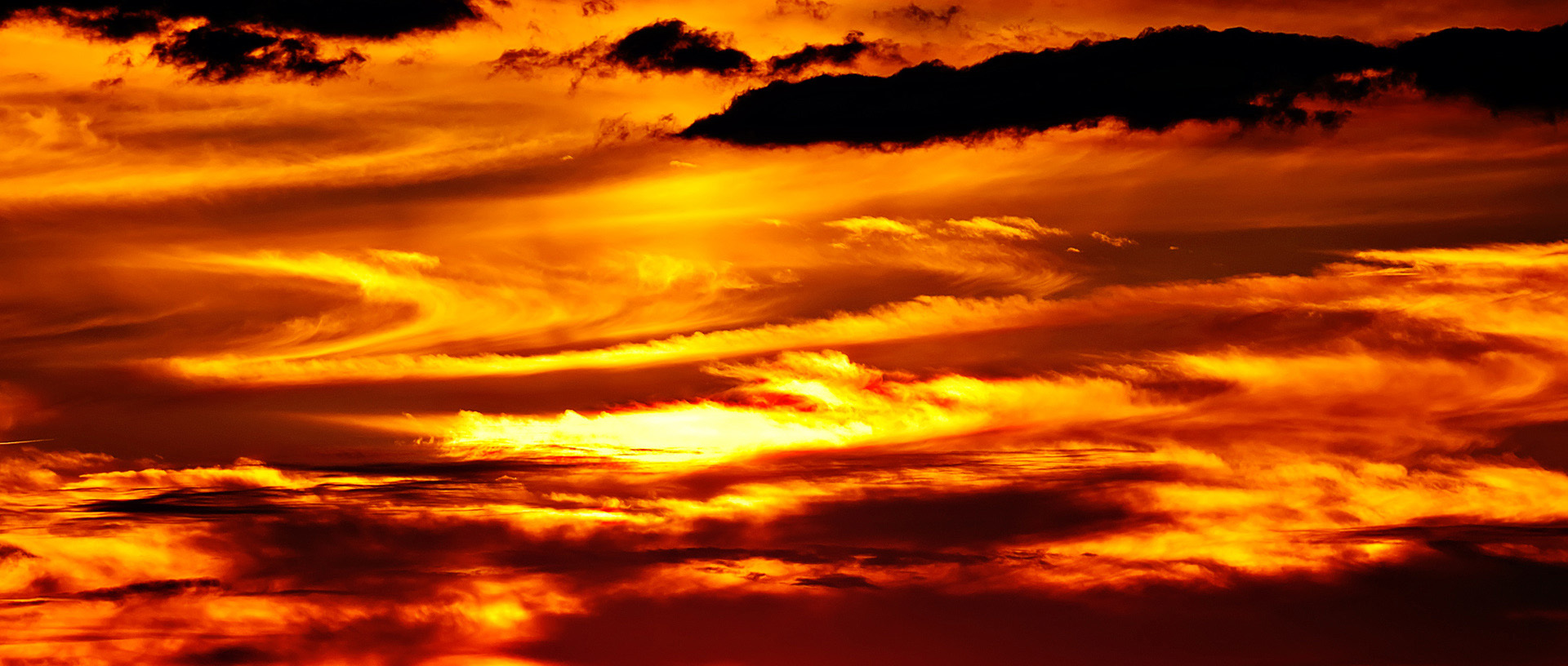



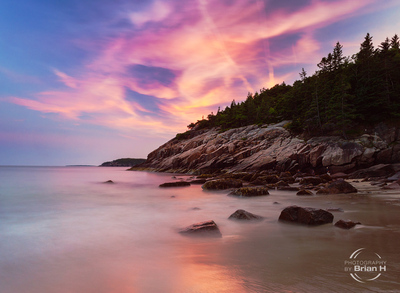

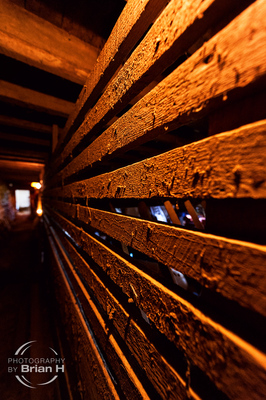
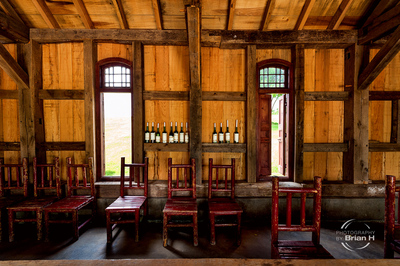
.thumb.jpg.9a11805e44420854a806913368c34560.jpg)
